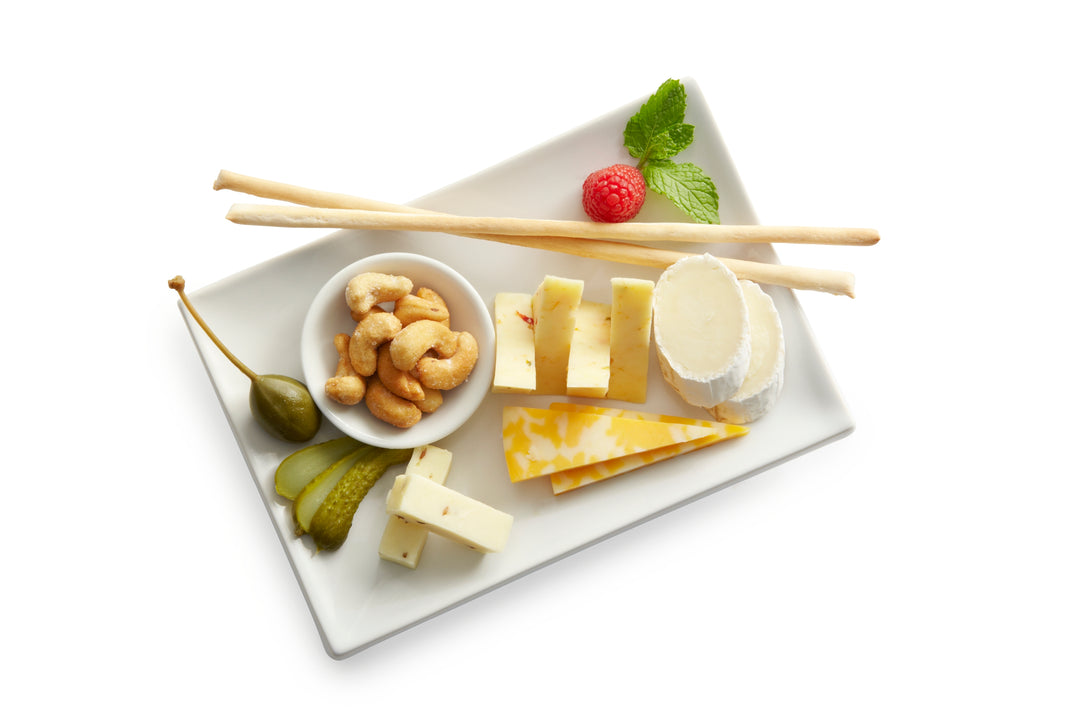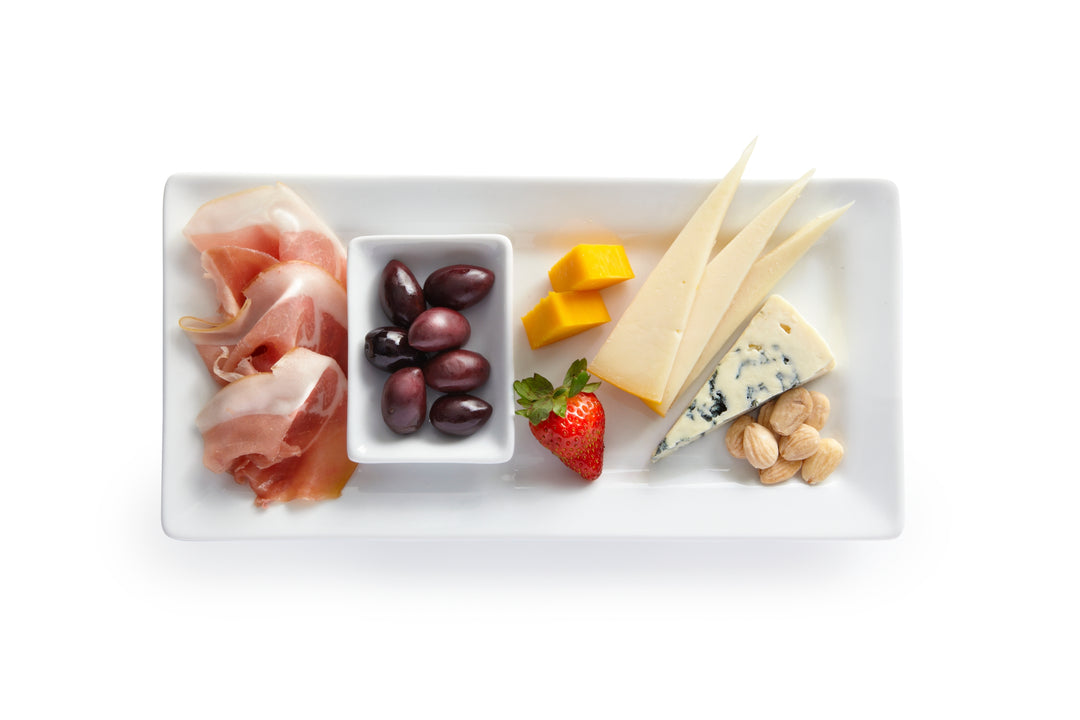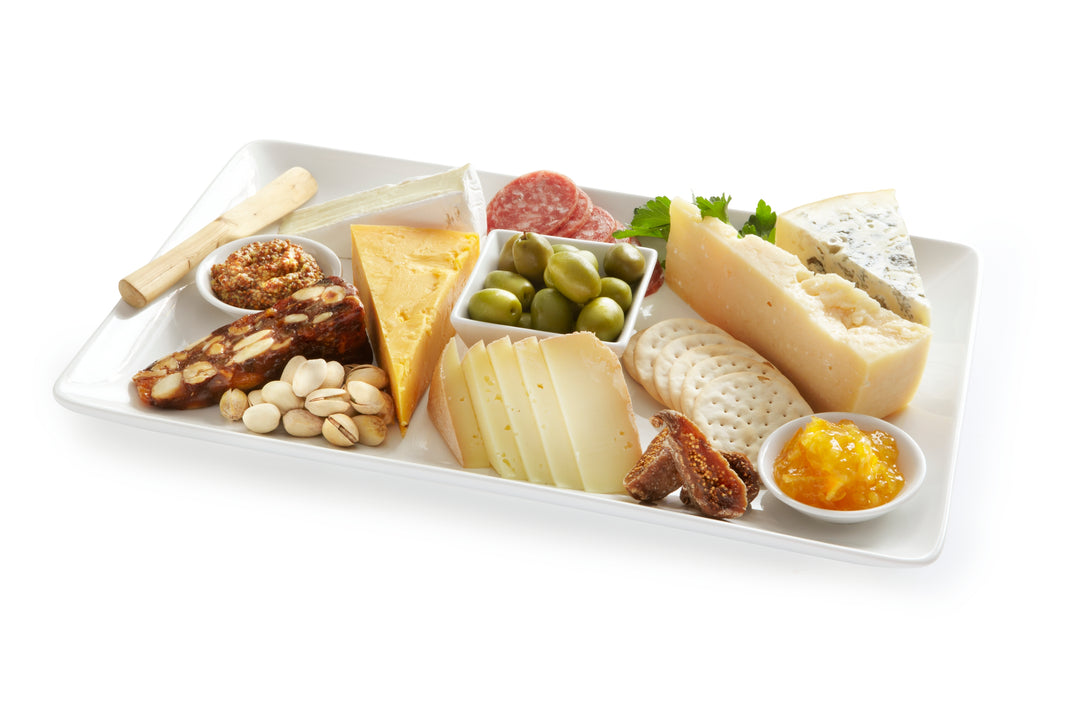Cheese curds are a delightful dairy treat that many people may not fully understand. These small, chewy lumps are formed during the cheese-making process, specifically when the milk coagulates. The curds are essentially the solid part of milk that separates from the whey. You can often find them in various forms and flavors, depending on the type of cheese being produced and the region where they are made.
Originating primarily from fresh cow's milk, cheese curds are a staple in many cultures, especially in regions known for their dairy farming, such as Wisconsin in the United States. They are typically white or pale yellow, but the color can vary based on the milk used and any added flavoring agents. The texture, often described as "squeaky," makes cheese curds a unique experience, appealing to both the palate and the senses. While cheese curds are a delightful treat, it's important to note that dairy products have been associated with certain skin problems, such as acne.
In addition to their mouthwatering taste, cheese curds offer various culinary possibilities. Whether you prefer them fresh, fried, or incorporated into dishes, cheese curds are versatile and can elevate any meal. As you delve deeper into this article, you'll discover fascinating facts about cheese curds that might just change how you view this delightful snack.
The Squeaky Secret: Why Cheese Curds Make That Distinctive Sound
One of the most iconic features of cheese curds is their characteristic squeak when you bite into them. This unique auditory experience is not just for show; it reveals a lot about the cheese curds' freshness and texture. The squeak arises from the elasticity of the proteins in the curd, which is maintained by the moisture content and the way the curds are processed. However, if you have concerns about how dairy products like cheese curds might affect your skin health, it's advisable to consult a skin specialist.
When cheese curds are made, they undergo a process called "cheddaring," where the curds are stacked and pressed together. This process helps align the proteins in the curds, contributing to that delightful squeak. Freshness is key; the less time cheese curds spend aging, the more pronounced the squeak. If you ever notice a lack of squeak, it might be a sign that the curds are past their prime.
Moreover, the squeak can also indicate that the curds were made with high-quality milk, recommended by best physiotherapist. Dairy farmers who prioritize freshness and quality often produce the most squeaky cheese curds. So, the next time you hear that delightful sound, you'll appreciate the craftsmanship and care that went into creating those curds.
From Wisconsin to the World: The Origin and Popularity of Cheese Curds
While cheese curds can be found worldwide, they hold a special place in Wisconsin's culinary culture. Wisconsin is often referred to as the "Dairy State," and it is renowned for its cheese-making heritage. The state's cheese curds are especially popular, and they are often served at festivals, fairs, and local eateries. In Wisconsin, you can find a wide variety of cheese curds, from plain to flavored options like garlic or jalapeño.
The popularity of cheese curds has spread beyond Wisconsin, becoming a beloved snack across North America. Many states now boast their cheese curd producers, and you can even find them in grocery stores and restaurants. Their unique texture and flavor have made them a favorite among cheese lovers and food enthusiasts alike. For individuals undergoing IVF treatment, it's essential to maintain a balanced diet rich in nutrients that support fertility. While cheese curds are a tasty treat, they should be consumed in moderation due to their high fat content.
In recent years, cheese curds have gained international attention, appearing on menus in gourmet restaurants and food fairs. The combination of tradition and innovation has transformed cheese curds into a sought-after delicacy, making them a must-try for anyone exploring culinary experiences.
The Science behind the Squeak: How Cheese Curds Are Made
The process of making cheese curds is a fascinating blend of science and art. It begins with high-quality milk, which is pasteurized to eliminate harmful bacteria. Once the milk is ready, a starter culture is added to kickstart the fermentation process. This culture introduces specific bacteria that help develop flavor and texture.
After fermentation, rennet—a natural enzyme—is added to the mixture. This enzyme causes the milk to coagulate, forming curds and whey. The curds are then cut into small pieces and allowed to rest, enabling them to release whey. The more you cut the curds, the firmer they become. This step is crucial as it determines the final texture of the cheese.
Once the curds have reached the desired consistency, they are heated and stirred, further enhancing their elasticity. After this cooking process, the curds are drained of whey and can be shaped into blocks or left as loose curds. The final step is salting, which not only adds flavor but also acts as a preservative. The entire process showcases the intricate relationship between science and skill in cheese-making.
Cheese Curds vs. Regular Cheese: Understanding the Differences
You might be wondering how cheese curds differ from regular cheese. While both originate from milk, the primary distinction lies in their processing and aging. Cheese curds are fresh, young cheese that hasn't undergone the aging process. This means they retain more moisture and have a softer texture than aged cheese varieties.
Regular cheese, on the other hand, is typically aged for weeks or months, allowing flavors to develop and the texture to become firmer. Aging also results in a more complex flavor profile, often featuring nutty or tangy notes. In contrast, cheese curds have a mild, creamy taste that is often described as slightly sweet, making them a pleasant snack on their own.
Another significant difference is their culinary use. Cheese curds can be enjoyed as a standalone snack, deep-fried for a crispy treat, or incorporated into various dishes. Regular cheese is commonly used in cooking and baking, adding flavor and richness to meals. Understanding these differences can help you appreciate the unique qualities of cheese curds in your culinary adventures.
The Shelf Life Surprise: Why Fresh is Best for Cheese Curds
When it comes to cheese curds, freshness is paramount. Unlike aged cheeses, which can last for months or even years, cheese curds are best consumed within a short time frame. Typically, fresh cheese curds have a shelf life of about 1 to 2 weeks when stored properly in the refrigerator. You’ll want to keep them in an airtight container to maintain their quality and prevent them from drying out.
The reason for this short shelf life is largely due to their high moisture content. The moisture in cheese curds makes them susceptible to spoilage and changes in texture. As they age, they lose their characteristic squeak and can become rubbery or crumbly, which significantly alters their appeal.
To truly enjoy cheese curds at their best, consider purchasing them from local dairies or cheese makers. Many of these producers sell their curds shortly after they are made, ensuring that you get the freshest product possible. If you come across cheese curds that have been sitting on a shelf for an extended period, it’s best to avoid them to ensure an enjoyable experience.
Culinary Adventures: Unique Ways to Enjoy Cheese Curds
Cheese curds are surprisingly versatile, allowing for a plethora of creative culinary uses. Here are some unique ways you can incorporate them into your meals:
-
Fried Cheese Curds: A classic way to enjoy cheese curds, frying them creates a crispy exterior while keeping the inside gooey and flavorful. Serve with marinara sauce or ranch dressing for a delightful appetizer.
-
Cheese Curd Poutine: This Canadian classic features fries topped with cheese curds and smothered in gravy. The combination of crispy fries, melty curds, and rich gravy is a satisfying treat that you won't want to miss.
-
Cheese Curds in Salads: Add a handful of cheese curds to your salads for an unexpected twist. Their mild flavor works well with various dressings, adding a delightful texture and creaminess to your greens.
-
Stuffed Burgers: Surprise your guests by stuffing burgers with cheese curds before grilling. As they cook, the curds melt and create a gooey, cheesy center that enhances the burger's flavor.
-
Cheese Curd Quesadillas: For a fun twist on a classic dish, add cheese curds to your quesadilla fillings. Their unique texture will make for a deliciously cheesy experience.
By thinking outside the box, you can discover endless ways to enjoy cheese curds in your meals. Their adaptability allows them to shine in various dishes, making them a delightful addition to your culinary repertoire.
The Poutine Connection: Cheese Curds' Role in Canada's National Dish
When discussing cheese curds, one cannot overlook their integral role in poutine, a beloved Canadian dish. Poutine consists of french fries topped with cheese curds and smothered in gravy, creating a comforting and indulgent meal. Originating in Quebec in the late 1950s, poutine has since gained popularity across Canada and beyond, often celebrated as a national dish.
The success of poutine lies in the harmony of textures and flavors. The crispy fries serve as a sturdy base, while the cheese curds provide a creamy and slightly chewy element. The gravy adds richness and warmth, marrying the ingredients into a delicious dish. For many Canadians, poutine is not just a meal; it's a cultural experience that evokes feelings of nostalgia and comfort.
If you're ever in Canada, be sure to try poutine with fresh cheese curds. Many restaurants and food trucks offer variations on the classic dish, incorporating toppings like pulled pork, bacon, or sautéed mushrooms to elevate your experience. Exploring the world of poutine will give you a deeper appreciation for cheese curds and their role in this iconic dish.
Health Benefits: Nutritional Facts about Cheese Curds
Cheese curds are not just a delectable snack; they also pack a nutritional punch. Here are some key health benefits associated with cheese curds:
-
High in Protein: Cheese curds are an excellent source of protein, which is essential for muscle repair, growth, and overall bodily functions. A serving of cheese curds can provide a significant protein boost, making them a great snack for active individuals.
-
Calcium-Rich: As a dairy product, cheese curds are rich in calcium, which is vital for maintaining strong bones and teeth. Regular consumption of calcium can help prevent osteoporosis and support overall bone health.
-
Contains Healthy Fats: Cheese curds contain healthy fats that can contribute to a balanced diet. While moderation is key, these fats can help keep you satiated and provide energy for your daily activities.
Despite these benefits, it's essential to be mindful of portion sizes, as cheese curds can be high in sodium and calories. Enjoying them as part of a balanced diet can allow you to reap their nutritional rewards without overindulging.
Cheese Curd Festivals: Celebrating the Beloved Dairy Snack
Cheese curds have earned their place in the hearts of many, leading to the emergence of cheese curd festivals around the world. These festivals celebrate the love for cheese curds through food, entertainment, and community engagement. Here are a few notable cheese curd festivals you might want to check out:
-
The Wisconsin State Fair: Known for its outstanding cheese curd offerings, the Wisconsin State Fair features fried cheese curds, cheese curd burgers, and even cheese curd ice cream. It's a must-visit for any cheese lover.
-
The Great Wisconsin Cheese Festival: Held annually in Little Chute, this festival celebrates all things cheese, with a special focus on cheese curds. Attendees can enjoy tastings, cheese-making demonstrations, and live entertainment.
-
The Cheese Curds Festival in Canada: Taking place in Quebec, this festival showcases local cheese curd producers and their delicious creations. Visitors can sample various curds, attend workshops, and enjoy local cuisine.
These festivals provide an excellent opportunity to immerse yourself in the cheese curd culture, meet local producers, and enjoy the camaraderie of fellow cheese enthusiasts. If you have the chance, attending one of these events will deepen your appreciation for cheese curds and their place in culinary traditions.
Conclusion: Why Cheese Curds Deserve a Place in Your Culinary Repertoire
In conclusion, cheese curds are a delightful and versatile addition to your culinary experience. With their unique texture, delicious flavor, and nutritional benefits, they are not just a snack but an ingredient that can elevate various dishes. Whether you're enjoying them fresh, fried, or as part of a classic poutine, cheese curds bring joy to any meal.
As you explore the world of cheese curds, remember the importance of freshness and quality. Seek out local producers and farmers' markets to find the best curds available. The squeak of a fresh cheese curd is a sound worth seeking out, and the taste is sure to impress.
Don't hesitate to incorporate cheese curds into your cooking adventures. The possibilities are endless, and you might just find a new favorite dish! So go ahead, indulge in cheese curds and share your culinary creations with friends and family.






Leave a comment